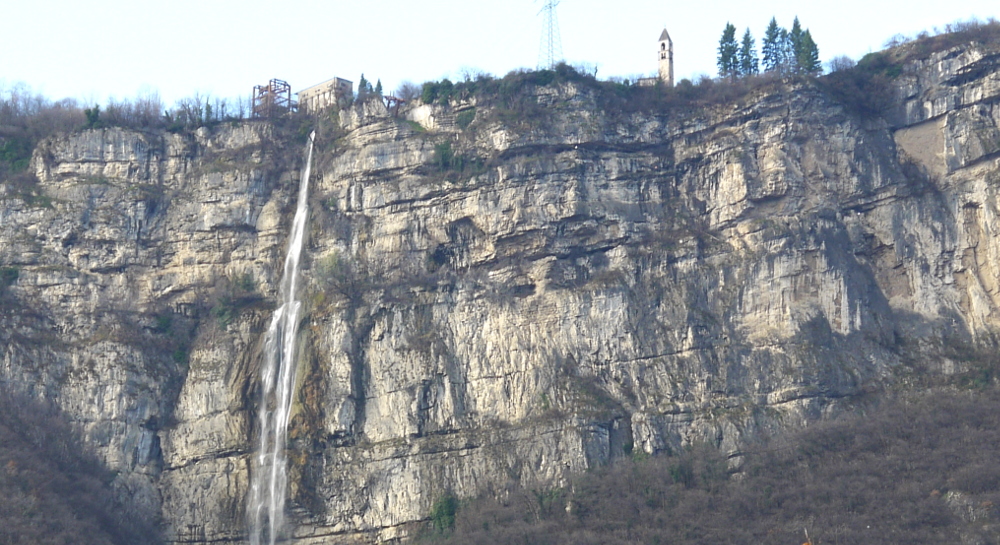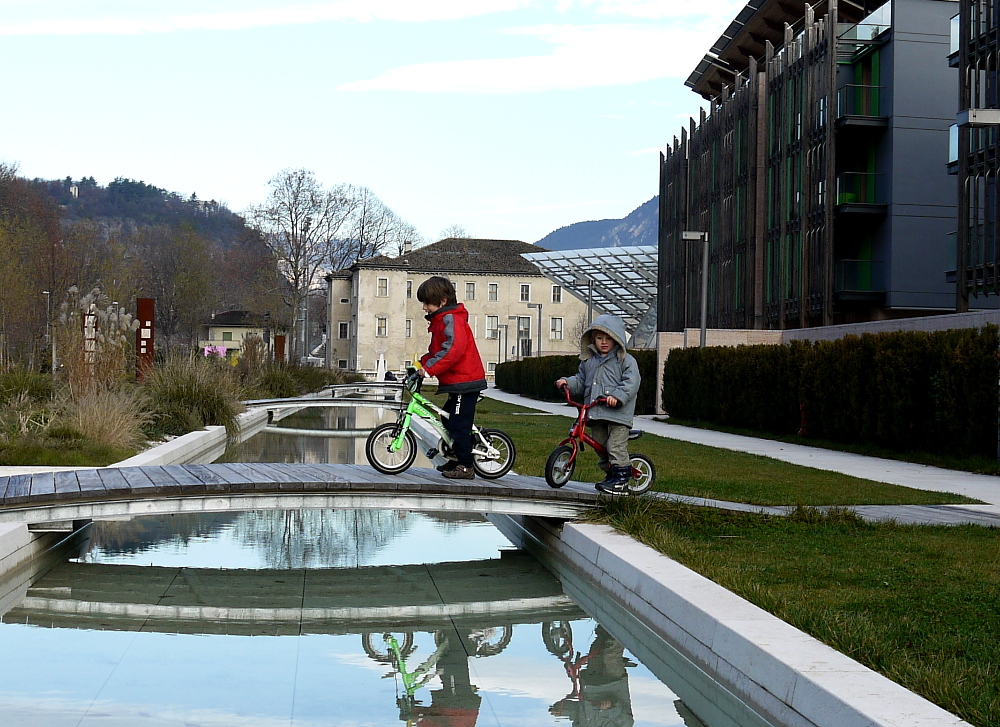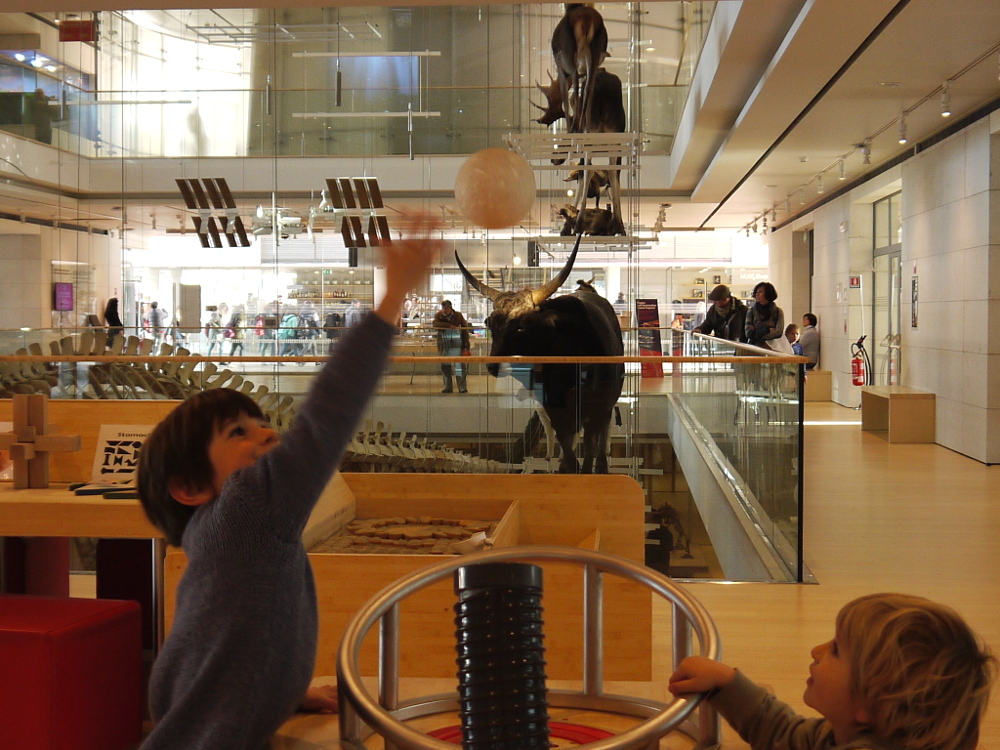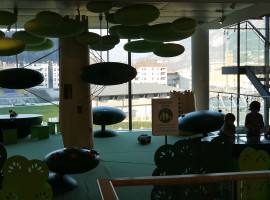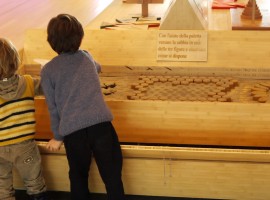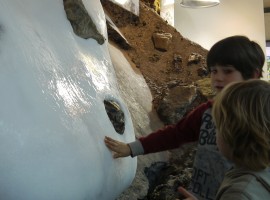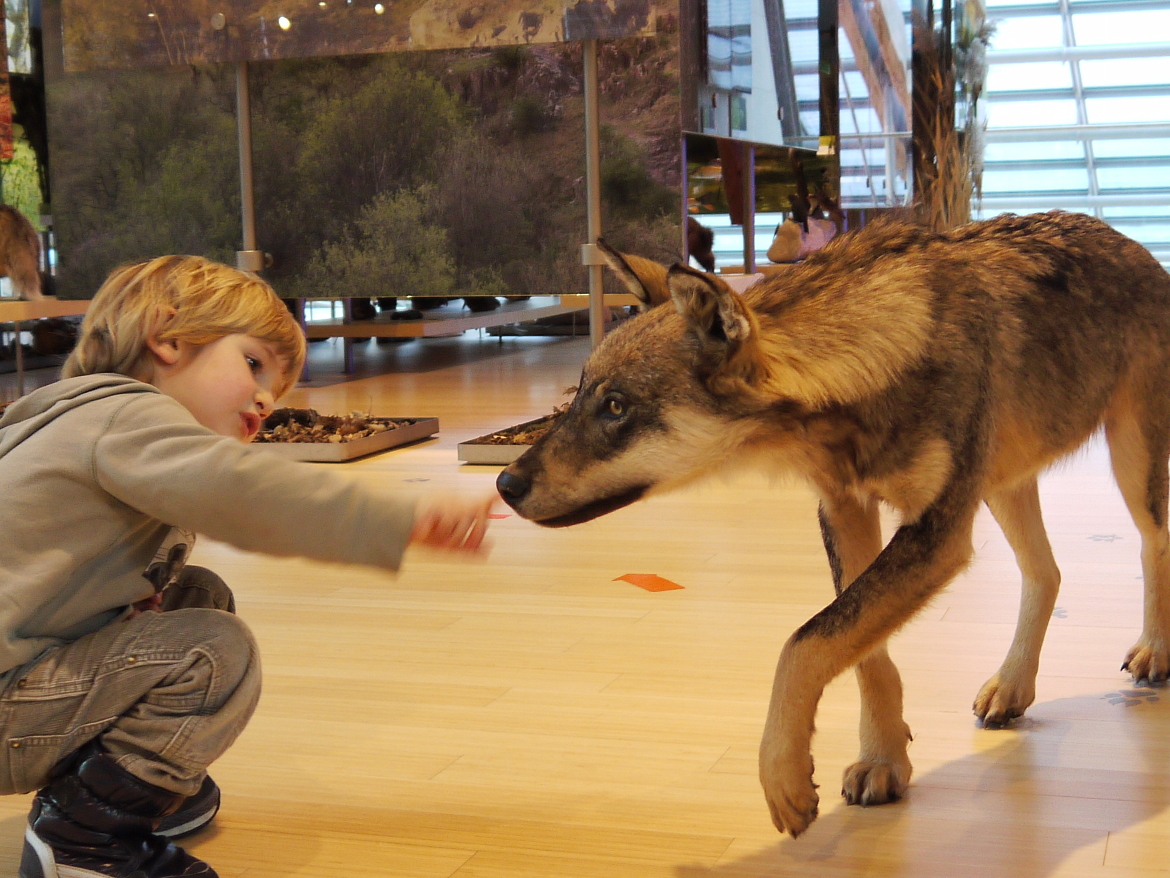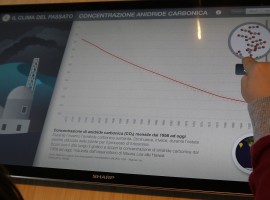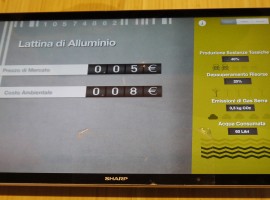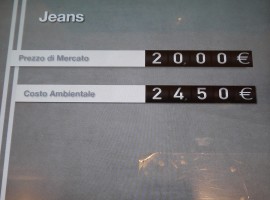Trento scent of hot mulled wine and hot chocolate. Arrived in the big park in front of the MUSE, I can not look away from his powerful mountains. In the background the woods, rocks, and a breathtaking waterfall.
The kids are already playing with wooden toys that remind me of those playgrounds of northern Europe. We raise our bicycles and ride slowly through wooden paths, water lines, bridges and sculptures … in a moment we are at the entrance of MUSE, the Science Museum of Trento.
Every corner of the Museum manages to surprise and excite the children.
A dinosaur footprint, the glacier in the Alps with real snow, a tropical greenhouse with waterfalls, a forest for interactive play, a fakir bed to lie on.
We really enjoyed it, and we found at least 3 good reasons to visit the MUSE, even with kids:
1. An eco-sustainable Museum Mountain
You enter into a “mountain” museum. The ecological architecture grows upwards like the Alps, with five floors above ground, two below, and a central light well.
The italian designer, Renzo Piano, has used several techniques to minimize the environmental impact of the museum, such as photovoltaic panels, brise soeil, or greenhouse that accumulates heat and distributes it inside the museum, and boasts the prestigious American LEED environmental certification.
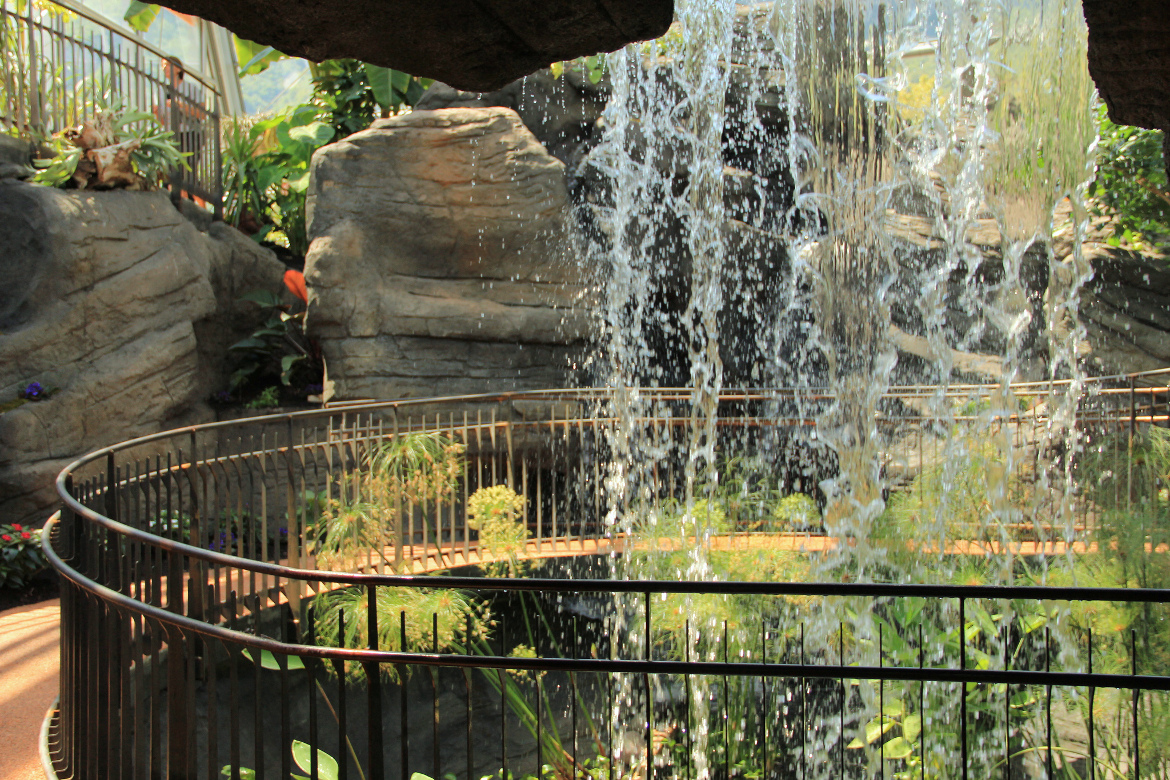
2. Nature by touching
You can touch the ice, you can cross a tropical forest. You can follow the footsteps of animals drawn on the floor, and you can meet a wolf or a giant bear.
Inside the touch screens nature becomes a game: birds that we must help to migrate from northern Europe to Africa, or fish that we need to save using the various possibilities that the sea offers them.
For kids there is also an artificial forest, and many spaces to live immersive experiences.
Fun fact: there is also a bed with nails when you can experiment a bedtime like a fakir!
3. Ecology to build a better future
Observing the changes in the environment over the centuries, we can become aware of the reality around us. For instance, how quickly increased the amount of carbon dioxide, from 1958 to date.
Or, with a bar-code scanner, you can discover the prices of various items, a can of coke or a pair of jeans. Comparing the market costs of these products with their real (and environmental) costs, you can see that there is a “gap”: the two prices do not match.
The current economy does not take into account the services produced by nature, such as water purification and climate regulation, and exploits them excessively, compromising them. This results in an immediate gain (we pay much less a can, or a pair of jeans than it actually cost the environment), but in a long-term loss for all of society.
In that way, ecology is easy to understand, also for kids, to begin planning a better future.
Info: opening hours and ticket prices, Free entry if your bithday is on the day of the visit!
Cover image: ph. by Hufton-Crow
- C02 emissions
- environmental costs of a can
- environmental costs of a pair jeans
You may also like:
Muse, a sustainable science museum in Trento
Christmas markets: from Bozen to Siena, find your Christmas shopping
Christmas Holidays with Children: 5 italian places not to be missed

